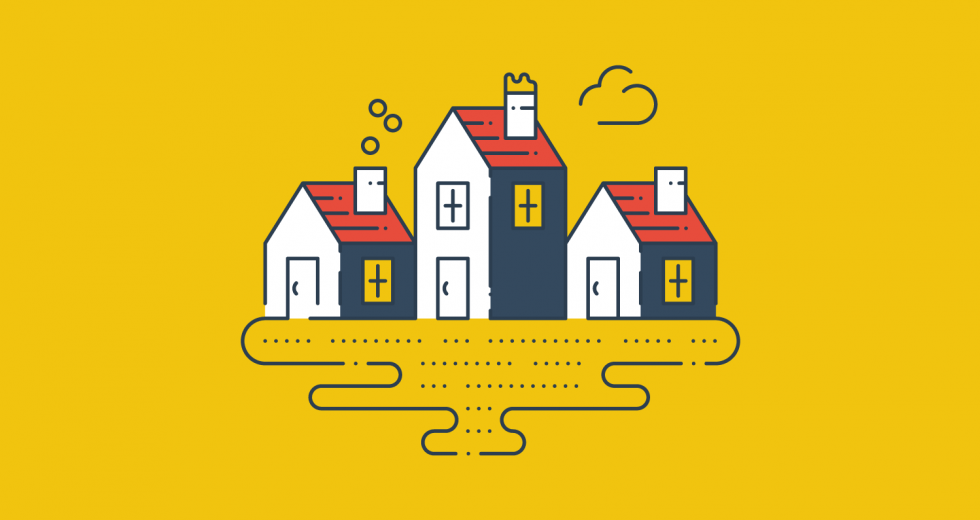McMansion, meet tiny house. The symbol of the bubbling 2000s hasn’t exactly been displaced by the sub-400-square-foot home. But for many homebuyers in insecure times, shrinking their square footage has also downsized their worries.
People are being drawn to micro-houses in part because of economics. A Federal Reserve survey last year asked a sample of renters why they don’t own, and almost half of 30- to 59-year-olds said it was because they couldn’t afford a down payment.
But pint-sized pads have also captured the zeitgeist of a post-crash, post-gated-community era: freedom, simplicity, frugality and community. Nine-thousand people crammed into the National Tiny House Jamboree in Colorado Springs in early August. No less than two documentaries and two cable TV shows about micro-house living are airing nationwide. In Clearlake in Lake County, residents are creating a “tiny home village” to provide transitional housing for people who are homeless. And now that there’s a tiny-house dating site, the movement is officially a self-replicating meme.
Related: Who buys tiny houses and why?
Here are five reasons tiny housers say they’re living better than before:
1. Mini mortgages. Those who build micro-houses themselves do it for an average of $23,000, according to a survey of 2,600 tiny-home owners in 2013. Those who have one built for them pay from $27,000 to $68,000. Seventy percent of tiny-home owners report having no mortgage, compared with less than 30 percent of other homeowners. And where there are buyers, there are lenders: At least two specializing in tiny-house loans have opened up, and some micro-home manufacturers offer financing options.
2. 15-minute house cleaning. Tiny-home owners report that the time they put into keeping their space tidy and doing repairs shrivels with their square footage. “Efficiency just makes sense,” tiny-house movement founder Jay Shafer told an interviewer last May. “I have never been a fan of taking care of a lot stuff I don’t use.”
3. The incredible, disappearing heating bill. Tiny-home owners consistently report utility bills of less than $50 a month (and sometimes far less) — that’s less than a third of the $170 that the average household spends.
Poll: Could you live in a tiny house?
4. Deals on wheels. It’s not just the expense of
a traditional house that has kept millennials away from
homeownership. Many also want the flexibility to jump quickly at
job and educational opportunities in other parts of the country.
Tiny housers say they don’t have to choose: With their houses on
wheels, it’s just a matter of renting a truck to take their homes
elsewhere. And if you think tiny homes can’t handle northern
winters, think again:
This guy spent the winter in Yukon Territory in his
microhouse.
5. Solidarity. Micro-homeowners don’t just
create a structure, they enter a community. That might be why
their building projects sometimes turn into quasi-Amish
barn-raisings. When someone on the Sacramento tiny house group’s
Facebook page sent out a post announcing a “sanding party” after
receiving her delivery of exterior siding, she got four takers.
And don’t forget camp sing-alongs: There are two of those, in
folk and hip-hop flavors.
For more on the tiny-house movement, including local efforts, check back next week for Steven Yoder’s August cover story, “The Incredible Lightness of Shrinking.” Sign up for our newsletter, and we’ll email you when it’s available online.”



